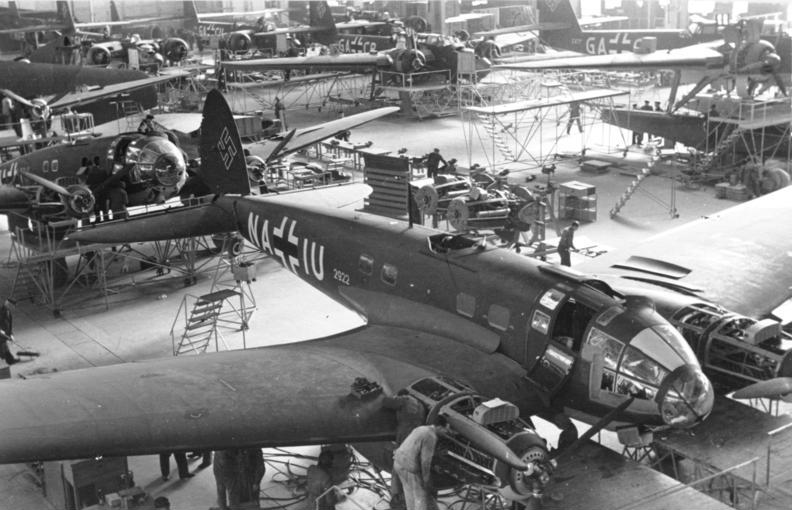Mosquito was not going to saturate huge industrial areas with the same amount of bombs at low altitude, compare the bombloads and ranges of US and RAF heavy bombers and the distances they were able to fly with them, again you would have needed twice or three times the amount of Mosquitoes to accomplish the same missions and the Mosquito would have been range limited. It was a great strike aircraft and precision bomber but to use it in any other capacity would have diminished it's effectiveness
The Mosquito had a much lower per-mission loss rate. This article mentions loss rates during raids on Berlin from Nov 43 to March 1944. I don't know how broadly applicable it is but lets call it a baseline. They show Lancaster (or all the heavies together) with a 5% loss rate, and Mosquito with a 0.5%.
The accuracy of the Mosquito was also higher, especially for precision targets. The same article for example mentions that for B-17 raids against V-weapon sites, it took an average of 165 tons of bombs dropped to destroy the target, whereas with Mosquitos it took 40 tons. About 1/4. And I daresay night bombing heavies were even less accurate.
So if you take these two factors into consideration, you could argue that it would take 1/4 as many tons of bombs to hit the target, and you would take 10% of the losses.
When you say 'saturation bombing' I really don't think that is what is needed. I don't think 'saturation bombing' worked that well.
Again, you're not considering the technology of the day. Fighter bombers became more effective once the technology was there to deliver a precision strike better than a high altitude bomber. You can say strategic bombing was basically a failure in WW2 in hindsight but again at the risk of repeating myself, look at the technology of the day
Fighter bombers were more accurate mainly because they bombed from 500-1,000 ft (or lower) instead of 20,000 or 30,000 ft, IMO.
That is 100% not true. As ineffective as we may look at the Allied bombing campaign by today's standards, it was that effort that crippled the German war machine to the point where a tactical campaign (using your P-47s and Typhoons) was able to be accomplished.
P-47s and Typhoons (and P-51s and P-40s and P-38s) didn't just hit tactical targets, in fact I think they were actually more valuable hitting Operational targets, such as C3I like rail-heads, locomotives, bridges, supply columns, barges and cargo boats, radio towers, supply and fuel dumps and so on. I think that (again) was far more effective to the war effort than the Schweinfurt raid.
The video in the OP pointed out that something like 2.5% (I forget the precise number) of the Strategic bombing targeted the oil industry and that was by far the most effective Strategic bombing. I agree with him on that, but my point is that most of the other 97.5% was a waste, and they could have taken out the oil with fast bombers or fighter bombers instead, for much less loss of life (both in terms of aircrew and civilians).
They built 7700 Mosquitoes, 7300 Lancasters, 12,731 B-17s, and 18,000 B-24s. I don't think they needed more than about 300 Heavy Bombers all around, and only for specialized missions. Build another 7000 Mosquitoes, get the A-26 going a little earlier. Develop some of the others I mentioned. And keep developing the Fighter bombers into more and more effective long range fast strike aircraft.

